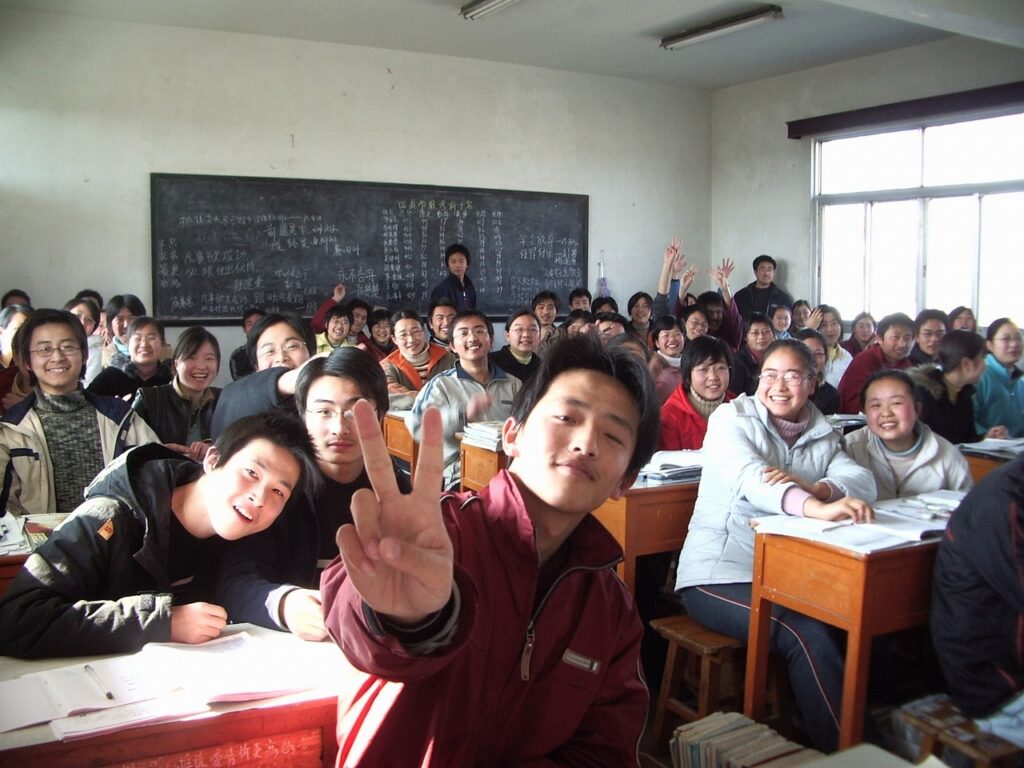Learning to Learn in Yoga

When was the last time you walked into any classroom and thought “thank you teacher for that piece of knowledge, but I think I will just do my own thing?” We walk into a classroom to learn, to open our mind, to engage with a subject that maybe we don’t know everything about. So, maybe this is the thing with a yoga class, we don’t see it as a classroom, but as an exercise space, a space where whatever happens happens and “learning” is not really the goal. We go to “do” our yoga, not learn something about yoga. This language and approach absolutely matters.
Iyengar Yoga classes stand out for many new students of yoga, but very often also to those who are not new to yoga at all. Yoga studios have evolved into spaces where the expectation is to “do your yoga” and move on and very likely go again the next day for the same thing. There is not much expectation that “learning” is required, practice is necessary, and ultimate Self knowledge will be gained and applied. Iyengar Yoga spaces are built around the learning and study of the subject of yoga, where students are given the practice in ways that will benefit them specifically and challenge them to look at themselves in new ways.
The physical poses of yoga (asanas) that are so commonly practiced are not there to pick and choose from, to avoid or even to accomplish. They are combinations of actions to explore and experiment with, given the right variation or prop for YOU. They present themselves as a means to engage with your Self in a multitude of ways you would never expect. They hold power in their various shapes, iconographies, and architectures.
It is common for many students learning to learn yoga in an Iyengar Yoga classroom to not want to call attention to themselves or to be given any “special” treatment when given a prop or an alternative similar to the posture being approached. It is our human nature to want to do things that “feel good” or are “known” and avoid things that are “uncomfortable”, “odd”, or out of our expectations. The ancient yogis knew all of this. “Doing our own thing” or “just doing something else” highlights three of the 5 major obstacles (Kleshas) to any yoga practice that The Yoga Sutras of Patanjali expound on – avoidance of pain or things we don’t like or want to do (dvesa), attachment to pleasure or things we LOVE to do (raga), and attachment to our own pride/ego/self-consciousness (Asmita).
Iyengar Yoga teachers have spent years gaining knowledge of varying approaches to physical postures and the means to help all different bodies find freedom and expression within them. I would absolutely not be where I am today in my practice and experience of yoga if I had decided to “follow my bliss” or “just do what felt good”, avoiding the many postures I find ridiculous. This short, stiff, not-ever-thin body has benefited from teachers who had faith and knowledge in the full subject of yoga enough to “see” poses in me that I originally would laugh in the face of…and I mean literally laugh.
Benefits of a practice made up of so many varied experiences are not just physical. I actually could care less if I ever “achieve” a pose or not, but facing poses that are difficult and seemingly impossible has taught me true strength from the inside out in layers hard to describe. It has given a shy, self conscious, and awkward person the strength to stand in my own skin well and with conviction. I have found courage to sit in discomfort and be curious of the origins, only to watch it change and transform into just a different laboratory of learning. These experiences grew my faith in the subject and taught me to be open to even more learning at deeper and deeper layers. I am now a teacher, but when I am in a class I am always a student there to learn from whoever is in front of me.
“Doing” is not the point. As Prashant Iyengar repeats often, “we all can do and do and do and die.” Learning, on the other hand, is where the juice of yoga can really be experienced and put to use each and every day. Investigation that leads to integration that never ends…leading us to our ultimate freedom.